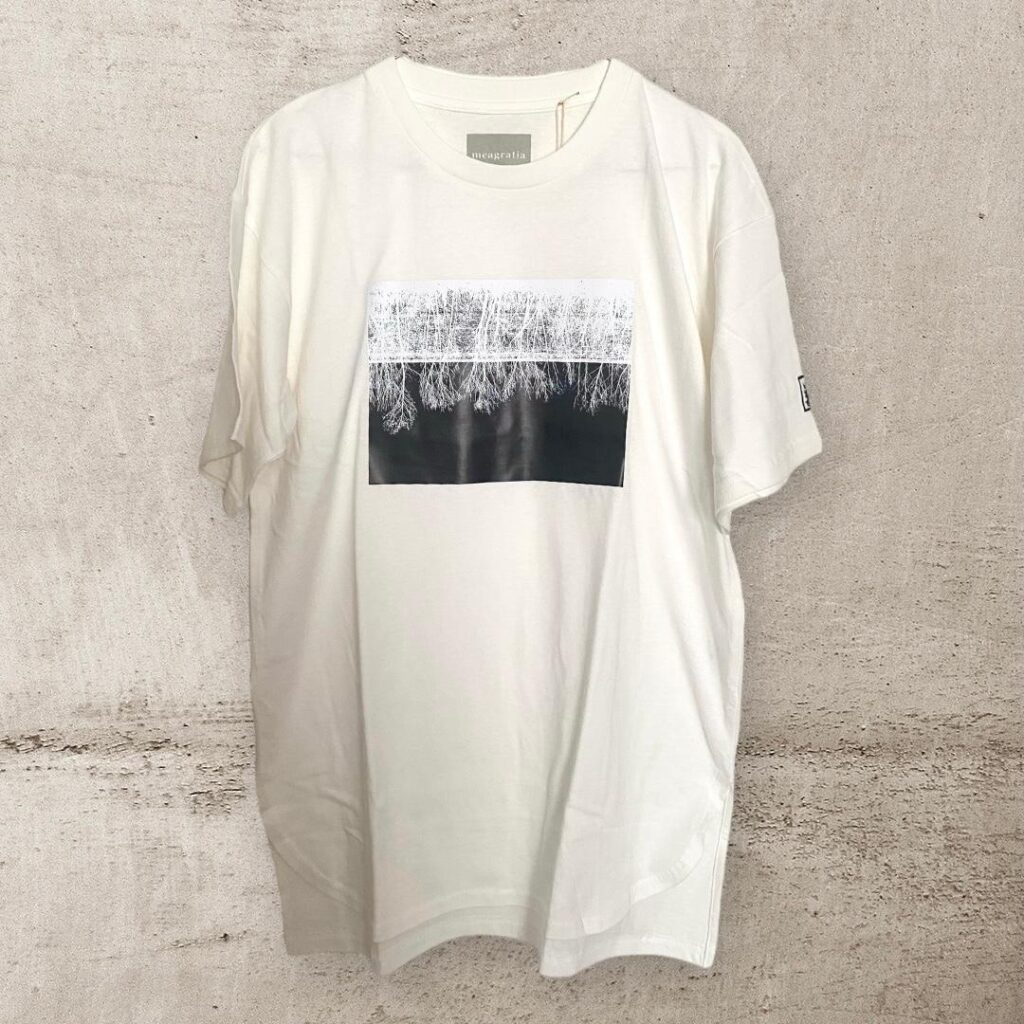The Stylish Cargo Pants
suite123: Enjoy The Most Unique Fashion in Milan
Introducing The Stylish Cargo Pants by Aurōra from Turin, Italy – our top pick of the week!
Emerging designers add a fresh perspective to a fashion industry stuck in the status quo. So, a fashion industry that privileges facades over substance, exploitation over positive change. That is why we need to promote those who have a different perspective.
Therefore, we are happy to promote one of our new brands for the Spring-Summer season: Aurōra.
Aurora De Matteis is the designer: a young woman who creates her slow fashion brand in a small workshop in Turin, Northern Italy. Specifically, this garment is a timeless, versatile, easy-care product in a stunning hue.
Discover The Stylish Cargo Pants
About the design
Cotton cargo trousers with a chic impression. Featuring an elasticated waist, drawstring ankles, and a large side pocket on the right leg. So, the design emphasizes minimalism and style.

About the material
100% cotton: fresh and easy care.
About the colour
Periwinkle: a carefree yet decisive colour, bold and confident. It’s a vibrant hue that offers fresh pairing possibilities.
Laundry
Wash by hand. Easy care product.
Styling tips
The Stylish Cargo Pants are a versatile addition to your wardrobe, offering both comfort and style. For office attire, consider layering a tailored blazer in a complementary colour, such as navy or grey, over a simple blouse or top. This adds structure to the ensemble while maintaining a professional appearance. Or, pair the pants with a crisp mannish shirt for a sophisticated look. For a more relaxed outfit, opt for a tee or a plain cotton top in a neutral colour. This casual pairing ensures comfort while still exuding effortless style.
How to purchase our selection:
Head over to our Instagram account to discover our shop!
Drop us an email or WhatsApp for orders or any further information. Also, you can book your private shopping experience in person or via video call.
International Shipping!
From Milano, our fashion selection #formodernhumans is available for international delivery.
Exclusive Fashion
Our selection intentionally offers limited pieces to ensure uniqueness and a sustainable approach ♥
📱Further details, size advice and prices via →WhatsApp
● Please, contact us for size guidance before purchasing.
🛍 Treat yourself today! Get yours directly from the suite123 shop!
The Stylish Cargo Pants Read More »
